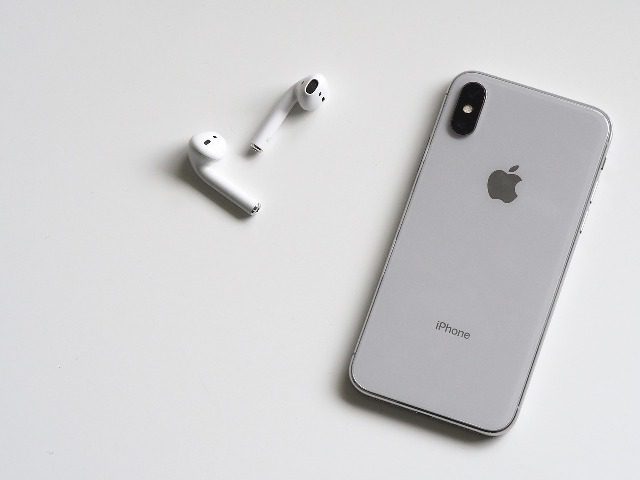
How Apple have responded to adverse publicity and customer reaction to their deliberately slowing older iPhones down to reduce load on ageing batteries.
Apple’s ‘slow down’ settings to protect ageing batteries can be overridden
There was a lot of media coverage given recently to the revelation that Apple deliberately programmed older iPhone variants to slow down at certain times. While admitting this was the case, the company said it was done to prevent owners of older phones from possibly experiencing sudden shut downs as ageing batteries struggled to cope at times of heavy use.
In response to adverse publicity and criticism for this move, the maker of the iconic iPhone will allow this setting to be overridden along with significantly lowering the price of replacing the battery.
Apple’s own goal
When Apple built a setting into the iPhone’s operating software, iOS, to slow the phone down at certain times they didn’t mention this anywhere.
As a result, when this setting was revealed through testing phones in the wake of users becoming suspicious when their iPhone slowed down, the cynical view was that Apple were deliberately ‘hobbling’ older versions of its iconic smartphone to encourage users to upgrade to a new one.
In general terms, sales of new iPhones have dropped off a little in more recent times as increasing numbers of owners are less inclined to upgrade to the latest model each year or, if they do upgrade, it isn’t always to the latest model. Some users are buying ‘just behind’ the very latest release yet still getting a powerful, high tech smartphone for less money by choosing the model just superseded by the new iPhone. Also, instead of a new handset, some save further in buying used; for example, some might buy a refurbished iPhone 7 rather than a brand new one.
Therefore, there were suspicions that Apple were deliberately trying to counteract this fall off in demand of new models by making older phones less appealing to hang onto or upgrade to – a process known as ‘planned obsolescence’.
While the company fully admitted they’d deliberately built a ‘slow down’ setting into older iPhones, they fervently denied they were trying to push owners into upgrading. Apple claim the slow down is more designed to protect owners from their phone shutting down abruptly when higher demands are placed on older batteries unable to hold as much charge as they did when new.
The battery issue
All rechargeable lithium batteries lose their ability to both charge to capacity and hold charge as they age, so as an iPhone gets older it becomes vulnerable when heavy demands are placed on the battery such as using a memory-hungry app or suchlike. In certain cases, an iPhone could shut down when the battery cannot cope.
To prevent this, Apple built a setting into the operating system on older phones to slow the phone down and thus ease the burden on the battery and prevent the phone shutting down.
Apple’s solution
To appease their detractors and hopefully prove their intentions were the best, Apple announced that it will be possible for the user to adjust the ‘slow down’ setting if they wish. Also, in a move to win back any lost trust and aid transparency, the software will feature ‘more visibility’ in that users can see for themselves what state of health their batteries are in.
Furthermore, battery replacement costs have been significantly reduced: the price to replace the battery on an iPhone 6 or newer has dropped from £79.00 to £25.00 while older models are still charged at the more expensive rate.
The company, who with the release of the iPhone X in late 2017 marked ten years of the iconic iPhone, stressed in an apology that they’d never do anything to “intentionally shorten the life of any Apple product”.
Older iPhone models still supported
It’s fair to point out the company do try to ensure ‘backward compatibility’ with older devices such as when new versions of iOS are released. For example, when iOS 11 appeared in autumn 2017 it was still compatible with iPhones dating as far back as 2013’s iPhone 5S.
